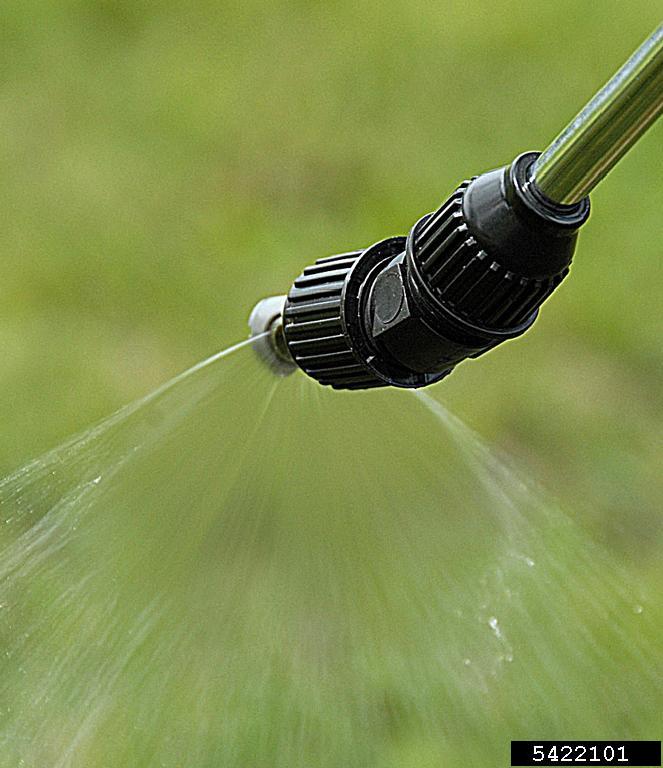Chapter 12: Herbicide Discovery and Classification
Disclaimer:
The information and suggestions in this publication are intended to provide general guidelines for weed management in Ohio. Because of changing laws and regulations, Ohio State University Extension assumes no liability for the recommendations. The recommendations for using pesticides included in this guide are incomplete and should not serve as a substitute for pesticide labels. Complete instructions for the use of a specific pesticide are on the pesticide label. The pesticide user is responsible for applying pesticides according to label directions, as well as for problems that may arise through misapplication or misuse of the pesticide. Label changes, product cancellations, and changes in recommendations may have occurred since the publication of this guide. Check with your county Extension agent in agriculture if you are in doubt about a pesticide you plan to use. Trade names have been used in this guide for clarity, but do not constitute an endorsement by The Ohio State University, nor do they imply discrimination against other products.
Dr. Deana Namuth-Covert, Professor and Ms. Amy Kohmetscher, Instructional Designer
Ohio State – Agricultural Technical Institute
College of Food, Agricultural and Environmental Sciences
The Ohio State University
Select materials in this lesson are utilized and updated from:
Kappler, K. and Namuth, D. (2003), Herbicide Classification. http://passel.unl.edu/pages/informationmodule.php?idinformationmodule=1059083105

So far in this eBook, we have addressed cultural, biological and mechanical options for weed management. The remainder will focus on chemical control options. We will start the discussion with a list of some advantages and disadvantages of using herbicides, followed by a look at the historical uses of herbicides and how they are discovered. This chapter will conclude with a detailed description of how herbicides are classified and why understanding this is important when designing a long term weed management plan. Upcoming chapters will discuss applications of herbicide chemistry and explore details of each mode of action. In addition, the text will describe research based guidelines on ways to reduce the development of herbicide resistance in weed populations.